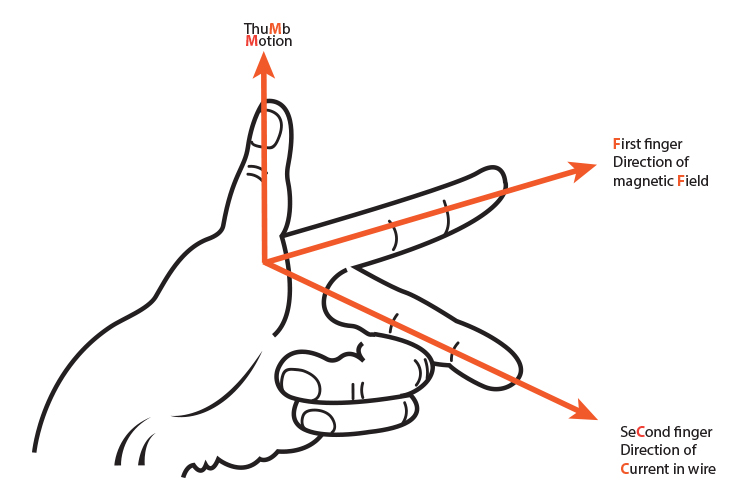What does the direction of thumb indicate in the right-hand thumb rule. In what way this rule is different from Fleming’s left-hand rule?
In the right-hand thumb rule, the thumb’s direction indicates the direction of the current in a straight current-carrying conductor. Fleming’s left-hand rule, on the other hand, determines the direction of force experienced by a current-carrying conductor in a magnetic field.
Here’s a more detailed explanation:
Right-hand thumb rule:
Imagine holding a straight wire that’s carrying current with your right hand. If you point your thumb in the direction of the current, your curled fingers will indicate the direction of the magnetic field lines around the wire.
Fleming’s left-hand rule:
This rule is used to determine the direction of the force acting on a conductor in a magnetic field. You extend your thumb, index finger, and middle finger of your left hand so that they are all perpendicular to each other. If you point your index finger in the direction of the magnetic field and your middle finger in the direction of the current, your thumb will point in the direction of the force on the conductor.
